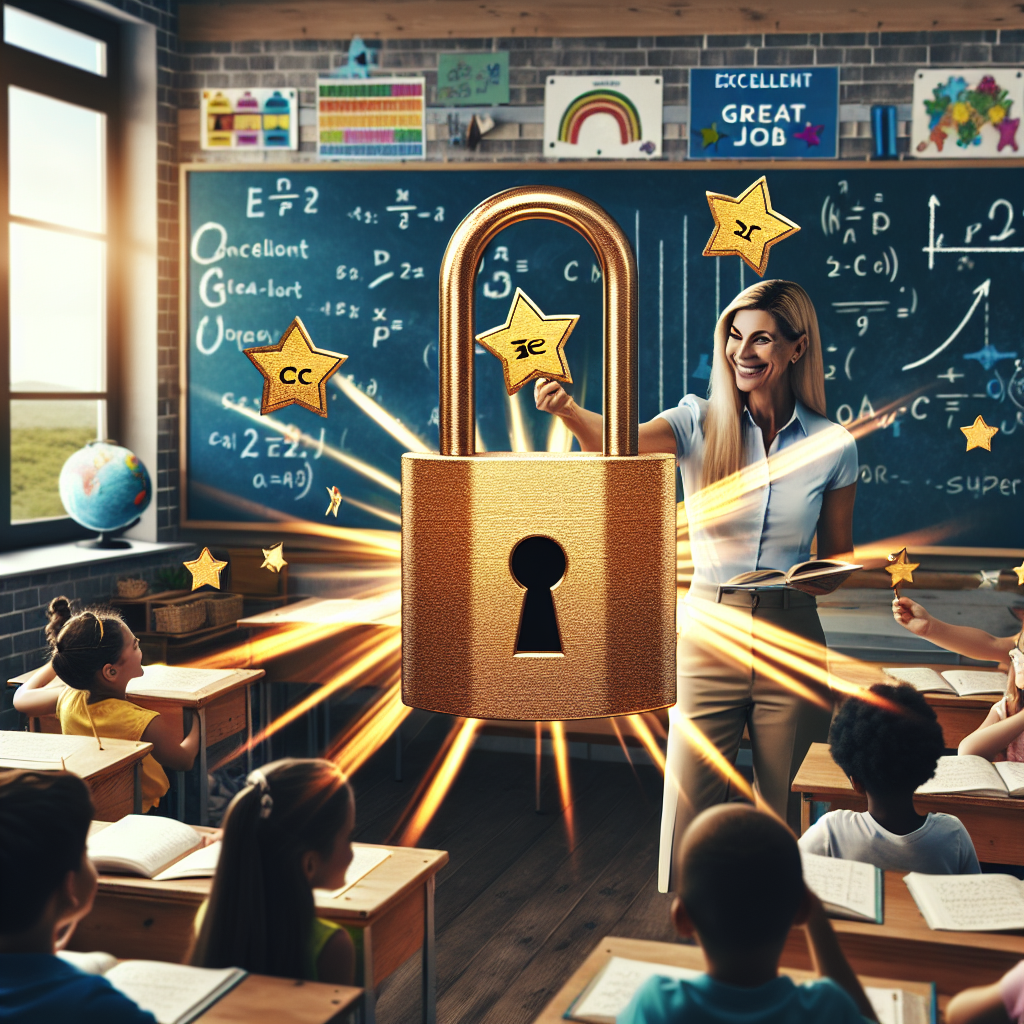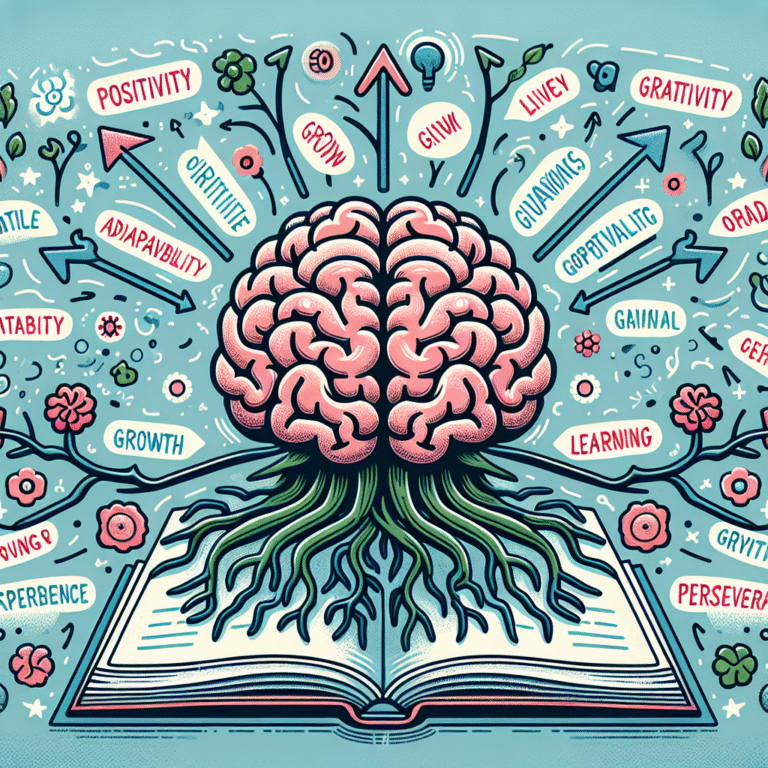
Introduction
Imagine a classroom where students are consistently motivated to learn, engage, and excel. A place where mistakes are seen not as failures but as stepping stones to mastery. Welcome to the transformative world of education where Unlocking Potential: The Power of Positive Reinforcement in Education takes center stage. This approach not only fosters a supportive learning environment but also cultivates a culture of success, accountability, and resilience. In an era where traditional teaching methods often falter, positive reinforcement emerges as a beacon of hope, offering strategies that truly unlock student potential.
Understanding Positive Reinforcement
Before diving into its practical applications, let’s clarify what positive reinforcement entails. In simple terms, it is the practice of encouraging desired behaviors through rewards. This could be verbal praise, tangible rewards, or even additional responsibilities that make students feel valued. Research consistently supports that when students receive positive feedback, they are more likely to repeat the behaviors that earned them that feedback.
The Psychology Behind Positive Reinforcement
The psychological basis for positive reinforcement lies in behaviorism, a theory pioneered by B.F. Skinner. According to this framework, behaviors followed by positive outcomes are likely to be repeated. When applied to education, this translates to fostering a love for learning, compliance with classroom rules, and enhanced academic achievement.
The Impact of Positive Reinforcement in Educational Settings
1. Enhancing Student Engagement
One primary benefit of positive reinforcement is its ability to enhance student engagement. When students feel valued and appreciated, they are more likely to participate actively in class discussions and collaborative projects.
Case Study: The Uplift Program
In a noteworthy initiative called the Uplift Program, a public school in Texas implemented a system of rewards linked to student engagement metrics. Teachers issued points for participation, which students could exchange for privileges like homework passes or extra recess time. Results showed a 30% increase in class participation over a semester, underscoring the pivotal role of positive reinforcement in fostering more dynamic classroom interactions.
2. Building a Growth Mindset
Positive reinforcement plays a pivotal role in nurturing a growth mindset, the belief that abilities can be developed through dedication and hard work. When students receive encouragement for their efforts rather than just their innate intelligence, they are more likely to embrace challenges.
Case Study: The Learning Lab at Maple Crest Middle School
At Maple Crest, educators initiated a “mistakes wall” where students showcased their errors along with what they learned from them. Initially met with skepticism, the initiative soon gained momentum as instructors praised students for their openness in sharing. Feedback highlighted improved resilience as students reported feeling more empowered to tackle challenging subjects, illustrating how recognition of effort enhances learning experiences.
Strategies for Implementing Positive Reinforcement
1. Setting Clear Expectations
A cornerstone of successful positive reinforcement is establishing clear behavioral and academic expectations. When students understand what is expected of them, they are more inclined to meet those standards.
2. Timely Feedback
The timing of reinforcement can significantly impact its effectiveness. Immediate acknowledgment of a student’s effort or achievement reinforces the behavior and solidifies the connection between action and reward.
3. Diversified Rewards
Not every student is motivated by the same rewards. Offering an assortment of positive reinforcements tailored to individual preferences—like praise, tangible rewards, or additional responsibilities—enhances the effectiveness of your strategies.
4. Encouraging Peer Recognition
Creating a culture where students recognize each other’s efforts can amplify the positive environment. Programs where students can give “shout-outs” to classmates fostering goodwill and appreciation among peers.
Challenges and Considerations
While positive reinforcement has proven to be effective, it’s not without challenges. Over-reliance on tangible rewards can create a transactional environment that diminishes intrinsic motivation. The balance lies in recognizing efforts while ensuring that students are motivated by the joy of learning rather than external rewards alone.
Conclusion
In the ever-evolving landscape of education, Unlocking Potential: The Power of Positive Reinforcement in Education serves as a guiding principle for educators seeking to inspire students. By fostering an engaging, supportive classroom environment that values effort and resilience, teachers can cultivate a new generation of learners ready to tackle challenges with confidence. So, let’s embrace this essential tool and transform the way we teach, learn, and grow.
FAQs
1. What is positive reinforcement in education?
Positive reinforcement in education is the practice of encouraging desired behaviors through rewards, such as praise, privileges, or tangible rewards.
2. How can I effectively implement positive reinforcement?
Establish clear expectations, provide timely feedback, and offer a range of rewards tailored to individual preferences to create an effective positive reinforcement system.
3. Does positive reinforcement lead to long-term benefits?
Yes, when implemented correctly, positive reinforcement not only encourages immediate engagement but can also foster a growth mindset and lifelong learning habits.
4. What if students become dependent on rewards?
To prevent dependency, it’s essential to create a balance by increasingly emphasizing intrinsic motivation while still recognizing efforts.
5. Can positive reinforcement work in all educational settings?
While positive reinforcement can be adapted across various educational environments, its effectiveness can vary based on context. Implementing personalized strategies can help achieve the best results.
This comprehensive exploration emphasizes the significance of Unlocking Potential: The Power of Positive Reinforcement in Education and invites educators to embrace innovative methodologies that uplift and inspire.















